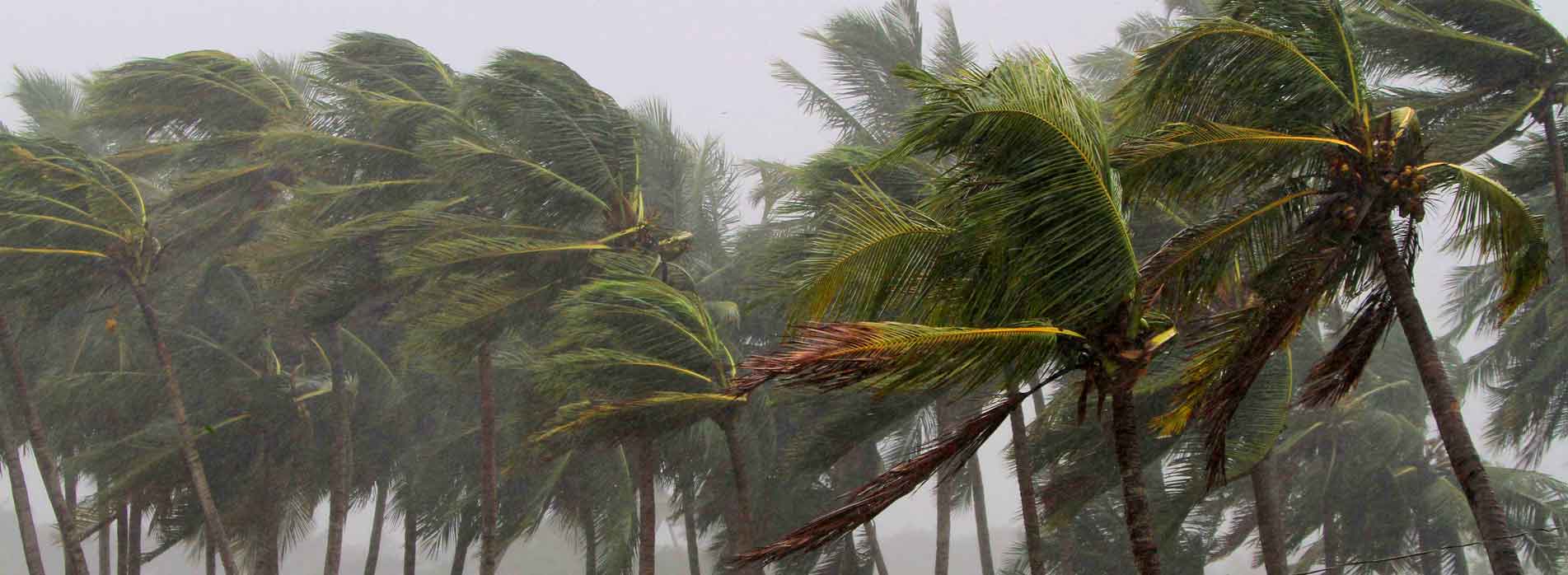Our experience in recent years has amply illustrated that an effective response mechanism during a major natural disaster largely depends on the preparedness of all stakeholders and coordination among them. An excellent example of this was the handling of the last week’s Cyclone Fani that slammed the Odisha coast with a wind speed of around 200kmph on May 3. More than 1.2 million people were moved to safety, away from the path of the cyclone that was categorised as very severe. The evacuation effort was hailed a success, at home and abroad. The United Nation Office for Disaster Risk Reduction’s appreciation of India’s early-warning system and other measures that minimised the loss of lives should be a matter of great satisfaction and pride for the country. Cycle Fani was one of the biggest cyclones to hit India in the last two decades. The most devastating was the Odisha Super Cyclone of 1999, which left more than 10,000 people dead and caused colossal damage to infrastructure and property. Absence of a structured disaster-management mechanism and lack of preparedness as well as awareness were the reasons for such large-scale devastation. Wiser from the experience, Odisha was one of the first states to set up a disaster management authority and also the Odisha Disaster Rapid Action Force (ODRAF). Two subsequent disasters — the 2001 Gujarat earthquake and 2004 Indian Ocean tsunami — saw India move from a relief-centric approach to a holistic approach in handling of natural calamities. The Centre brought in the disaster management act that in 2005 led to the setting up of the National Disaster Management Authority (NDMA) and the National Disaster Response Force (NDRF). One of the major initiatives of the NDMA was to conceive the National Cyclone Risk Mitigation Project, a World Bank-funded programme for all the coastal states of India. Odisha and Andhra Pradesh, which are most vulnerable to cyclones, have been covered in the first phase of the programme. The objective of the project is to undertake suitable structural and non-structural measures to mitigate the effects of cyclones through early-warning systems, enhance capacity of local communities to respond to calamities, improve access to emergency shelters and make disaster-risk mitigation a part of the development agenda. This new vision, with emphasis on strengthening institutional mechanism and enhancing preparedness, has considerably improved effectiveness of disaster response mechanism and humanitarian assistance in Odisha and Andhra Pradesh. This was witnessed in the handling of two very severe cyclones, Phailin in 2013 and Hudhud in 2014. Some disaster-management experts in developed countries, who were closely monitoring Phailin and were fearing a heavy loss of life, were surprised by the efficient handling of the cyclone and incredibly low casualty figures. The effectiveness of the humanitarian assistance initiatives of the Union and Odisha governments in minimising loss of lives in the three successive very severe cyclones has been on account of a number of factors. These include better preparedness with improved technology, accurate real-time warnings, prompt dissemination of early warning and well-planned evacuation by state government supported by national resources. Availability of a large number of specially designed cyclone shelters and advance deployment of the NDRF, ODRAF, army, air force, navy and other resources of Union and state governments, too, have helped. While the initial thrust of Fani has been handled well, relief and rehabilitation for a population of 13.7 million in 14,835 villages and 46 urban centres is an enormous task. Food, drinking water, medical assistance, epidemic control, electricity and communications are the challenges that await the state government. The Centre, which is closely monitoring the situation, has promised all possible help to Odisha. India has undoubtedly achieved a high level of preparedness to handle cyclones. But, the efficient handling of Fani and the other very severe cyclones on the east coast should not be a reason for complacency. Taking into account the huge expanse of India with its high degree of multi-disaster vulnerability, considerable efforts, planning and preparedness are still required in the field of mitigation measures, upgrading of response mechanism, equipment holding and training, etc. The two areas which we really need to work on and improve greatly are community capacity building and awareness-generation programmes in a structured manner, particularly for school children who are of impressionable age. To conclude, while the proficiency in handling of cyclones in the coastal region is a matter of great solace, virtual lack of preparedness to deal with any major earthquake should be a matter of serious concern in a country, which over the years has witnessed a series of disastrous quakes. Taking cue from the success of the National Cyclone Risk Mitigation Project, there is a need to ensure effective implementation of the National Earthquake Risk Mitigation Project in a time-bound fashion, particularly in the states with a high degree of vulnerability to earthquakes. KM Singh is a former member of the National Disaster Management Authority
While the proficiency in handling of cyclones is a matter of great solace, lack of preparedness in dealing with earthquakes is a serious concern
Advertisement
End of Article


)

)
)
)
)
)
)
)
)



